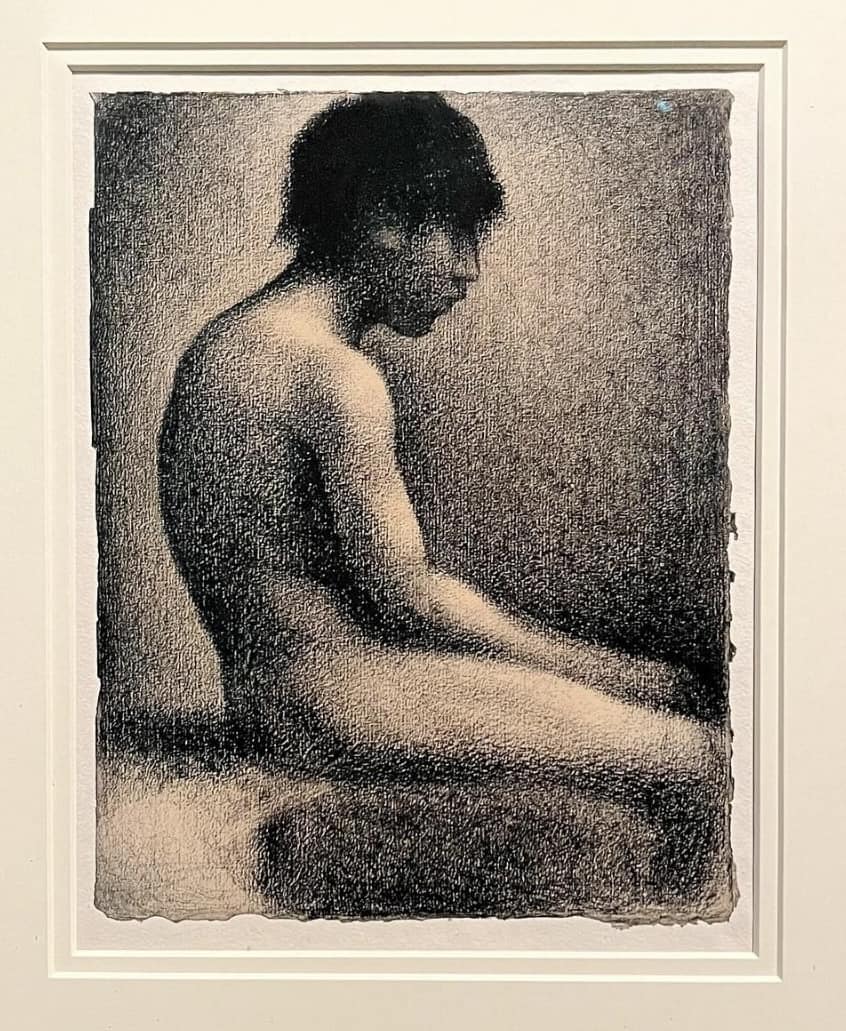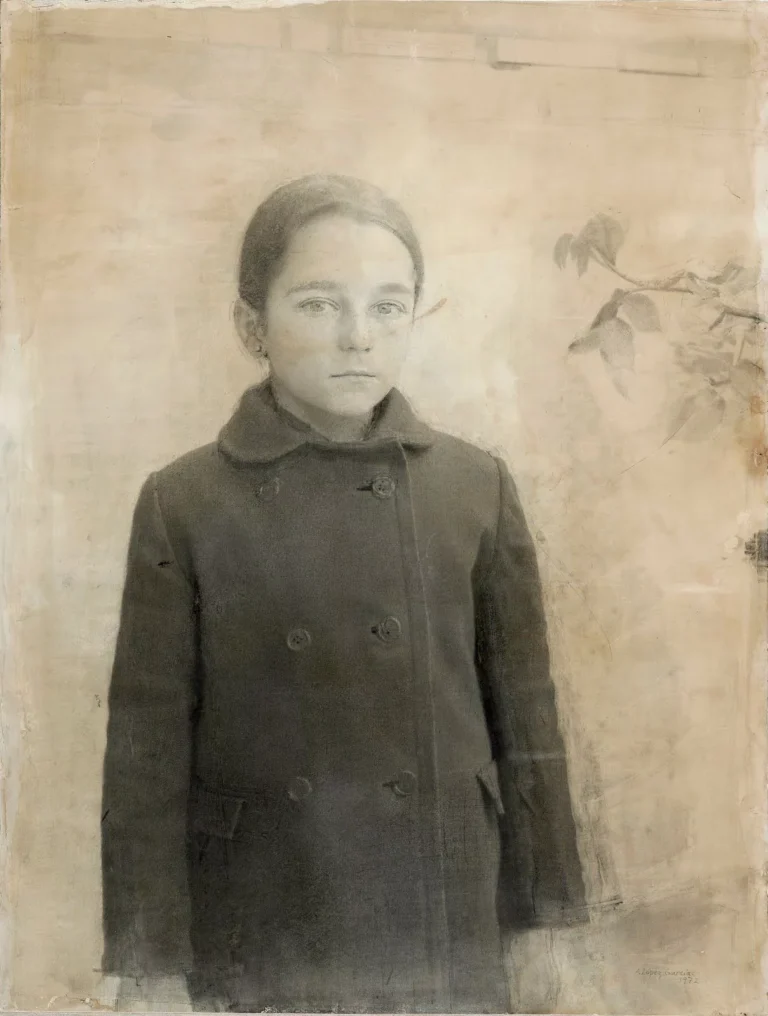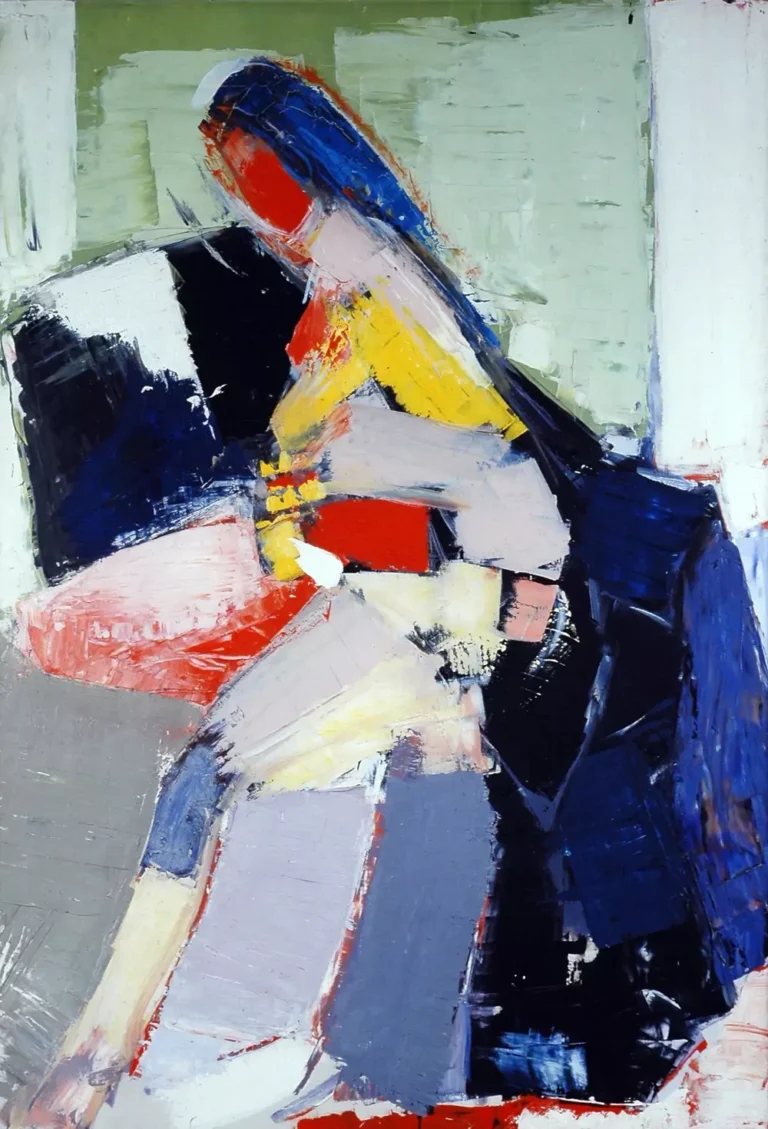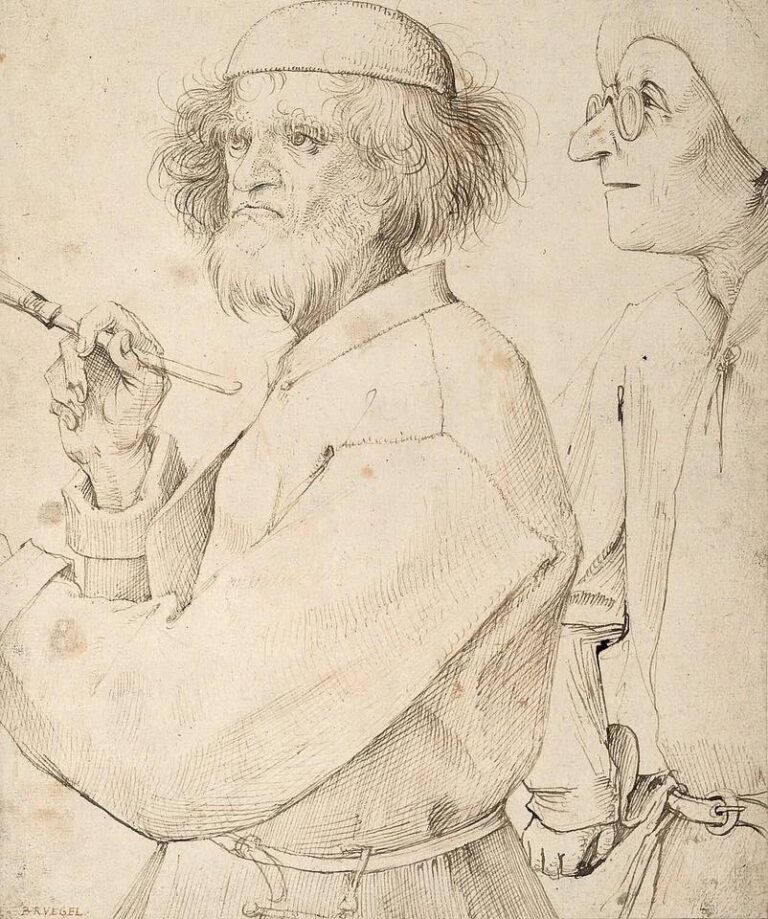Looking for a muse? Check no further. Discover the Best of Art, Culture, History & Beyond!
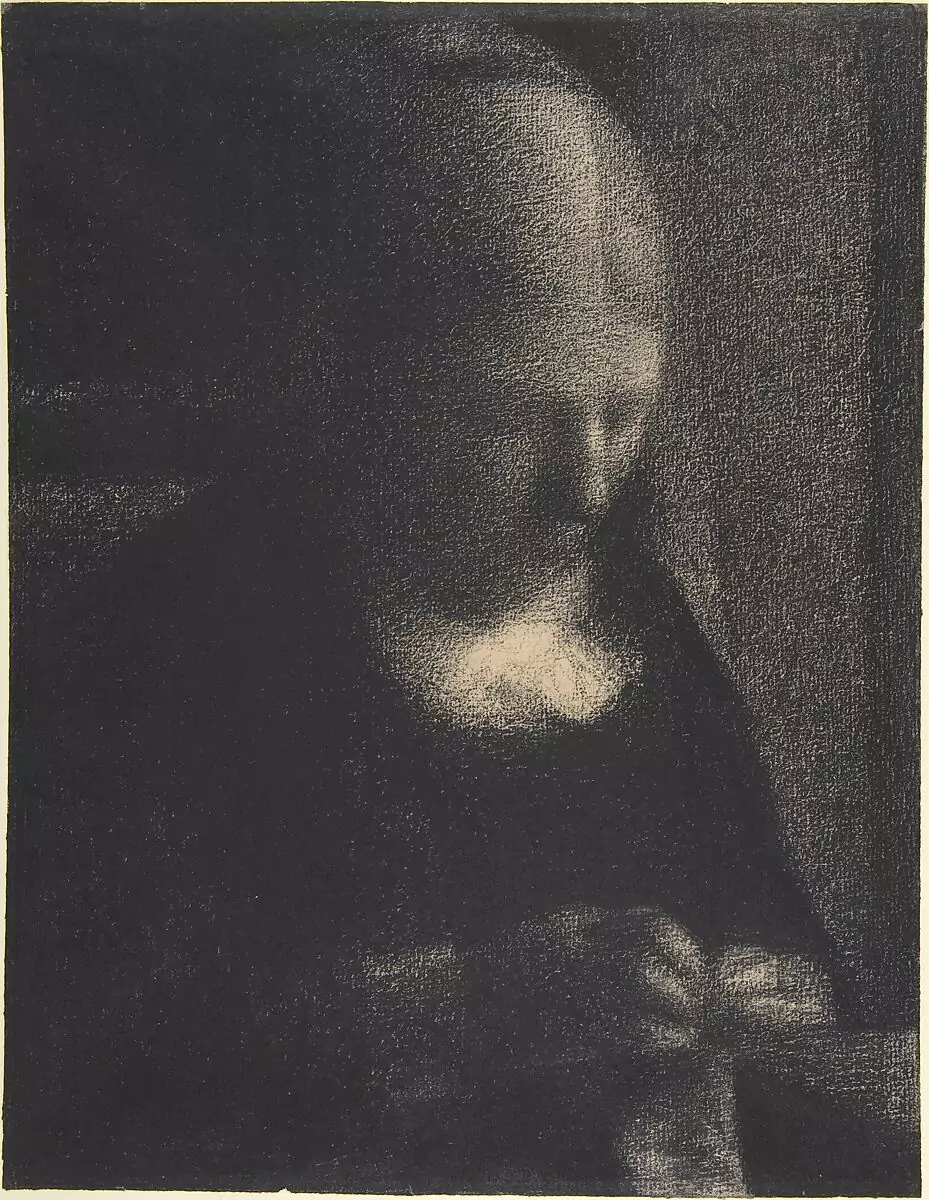
Georges Seurat, one of the most celebrated figures of the Post-Impressionist movement, is best known for his innovative approach to color and light, particularly through his groundbreaking technique, Pointillism. While his vibrant paintings like A Sunday Afternoon on the Island of La Grande Jatte (1884-1886) are instantly recognizable and iconic, Seurat’s mastery extended beyond just oil paints and onto the medium of charcoal. The medium of charcoal, often celebrated for its depth and tonal range, provided Seurat a unique tool with which to explore the intricacies of light, texture, and shadow. His innovative use of charcoal, along with the use of conté crayon, demonstrated his fascination with light and the way it interacted with the human form and environment, ultimately influencing the direction of art in the late 19th and early 20th centuries.
Seurat’s Journey into the Science of Light
Born in Paris in 1859, Seurat was introduced to the traditional techniques of drawing and painting at the École des Beaux-Arts. However, even during his early training, he showed an intense interest in the contemporary scientific discoveries regarding color theory, light, and optics. Influenced by the works of scientists such as Michel Eugène Chevreul and Ogden Rood, Seurat delved into understanding how the human eye perceives colors and how light and shadow could be scientifically structured in an artwork. His exploration of these concepts later informed his famous Pointillist technique, where he used small dots of color to create vibrant, dynamic compositions. This passion for the interaction of light and shadow, however, did not only manifest in his paintings; it extended to his works on paper, where he skillfully utilized charcoal and conté crayon.
Seurat’s devotion to light and shadow can be seen clearly in his statement: “Let’s go and get drunk on light again – it has the power to console.” This idea of light as a source of comfort and vitality was central to his artistic philosophy, and he applied it as a guiding principle in his studies and finished works. Seurat believed that by observing and replicating the effects of light scientifically, he could create artworks that captured the essence of his subjects, bringing them to life in a way that had not been done before.
Early Charcoal Works – Scientific Observation and Artistic Experimentation
In 1883, Seurat exhibited his first charcoal composition at the Paris Salon, a portrait of his friend and fellow artist, Edmond Aman-Jean. In this early work, Seurat demonstrated his mastery over the medium by using conté crayon and charcoal to explore both conventional line work and a new way of shading. The composition displayed a fascinating interplay between bold, clear outlines and a soft, almost glowing transition into shadow. This technique helped create a dramatic contrast between the figure’s strong profile and the softer forms in the background, showcasing Seurat’s ability to manipulate the medium to suggest light in a novel way.
Seurat’s charcoal portraits, which were part of his broader interest in capturing the human figure, gradually abandoned traditional contour lines in favor of a more fragmented and abstracted approach to drawing. He began to focus on building forms through the repetition of short strokes, which he layered to build texture and tonal depth. This shift in his style mirrors his work in painting, where he moved away from classical notions of form and contour and instead sought to render figures through an accumulation of individual marks. Seurat’s charcoal works thus became a visual exploration of tone, light, and shadow, not necessarily reliant on the physical outline of the subject.
As Seurat’s approach to charcoal evolved, he became more focused on hatching and layering his strokes. The lines began to blend into each other, creating rich gradients that allowed the viewer to perceive depth, volume, and movement within the composition. The beauty of this technique lies in its ability to create soft transitions in light, highlighting the subject without relying on heavy outlines. This approach is particularly evident in Seurat’s later charcoal studies, where the lines themselves almost become invisible, with the image emerging from the texture and tone of the paper itself.
Charcoal as a Study of Pointillism
The transition from charcoal to oil painting allowed Seurat to experiment further with his ideas about light and color, ultimately leading him to develop Pointillism. However, his studies with charcoal and conté crayon can be seen as an extension of the Pointillist technique, where he used small, discrete marks to build an image. In his charcoal and conté crayon drawings, the marks were not as strictly circular or dot-like as in his paintings, but they still functioned in a similar way: a series of tiny strokes that, when viewed from a distance, created a cohesive whole. This technique allowed Seurat to build depth and texture without relying on traditional methods of shading and outline.
Seurat’s use of charcoal as a precursor to Pointillism is particularly important because it demonstrates his deep understanding of the relationship between light, texture, and form. Just as he employed scientific principles to inform his use of color in his paintings, Seurat applied similar principles to his charcoal works. The marks he made with charcoal were not random; they were calculated and deliberate, reflecting his understanding of the optical effects of light on the human eye. This exploration of the science of vision helped Seurat to push the boundaries of what was possible with the medium, laying the foundation for the future of both charcoal drawing and modern painting.
Seurat’s Charcoal Works as a Visual Vignette
Seurat’s charcoal works are not just studies in technique; they are also a window into his artistic process and his deeper exploration of the human figure and environment. When viewing his charcoal works up close, the texture of the strokes is evident, and the marks appear raw and expressive. However, when viewed from a distance, the subtle interplay of light and shadow becomes apparent. The image transforms, and the viewer is presented with a vignette of the subject as if seen through a slightly out-of-focus lens. This visual effect is a result of Seurat’s use of layering and hatching, which builds up texture and tone while allowing for smooth transitions between light and dark areas.
What is remarkable about Seurat’s charcoal works is that they often give the impression of being illuminated from within. Unlike traditional drawings, where the light is often created through erasure or white space, Seurat’s charcoal pieces use the marks themselves to create the illusion of light. By varying the pressure applied to the crayon or charcoal, Seurat could create subtle shifts in tone, simulating the effects of natural light on the surface of his subjects. This allowed him to capture the nuances of shadow and light in a way that felt almost photographic, lending his works a modern sensibility that would later influence movements like Impressionism and even early photography.
Although Seurat’s time as an artist was tragically short, his influence has been profound, and his works in both paint and charcoal continue to inspire artists today. Seurat’s dedication to understanding light and his scientific approach to color and shading allowed him to elevate charcoal from a mere sketching tool to a sophisticated medium in its own right. His works in charcoal represent a breakthrough in the way artists think about and use tone, texture, and light to create depth and dimension.
Moreover, Seurat’s exploration of light and shadow through charcoal laid the groundwork for subsequent developments in both traditional and modern art. His techniques influenced other artists of the Post-Impressionist and Symbolist movements, such as Paul Signac and Henri Toulouse-Lautrec, and continue to resonate in contemporary art. The attention to detail and the subtlety of his charcoal works remain a testament to Seurat’s mastery of his craft and his ability to capture the essence of light, shadow, and texture in a way that had not been done before.
Seurat’s use of charcoal was not just an exploration of technique but a pursuit of a deeper understanding of how light and shadow interact with form. Through his innovative approach to shading, hatching, and texture, Seurat created works that transcended traditional notions of drawing, offering a new way of seeing the world. His charcoal compositions, like his famous Pointillist paintings, reveal his profound sensitivity to the nuances of light, and they continue to influence artists today. Georges Seurat’s works in charcoal remain a powerful example of the ability of this medium to capture the fleeting beauty of light and shadow, and they stand as a testament to the artist’s enduring legacy.

This article is published on ArtAddict Galleria, where we explore the intersections of art, history, and culture. Stay tuned for more insights and discoveries!

